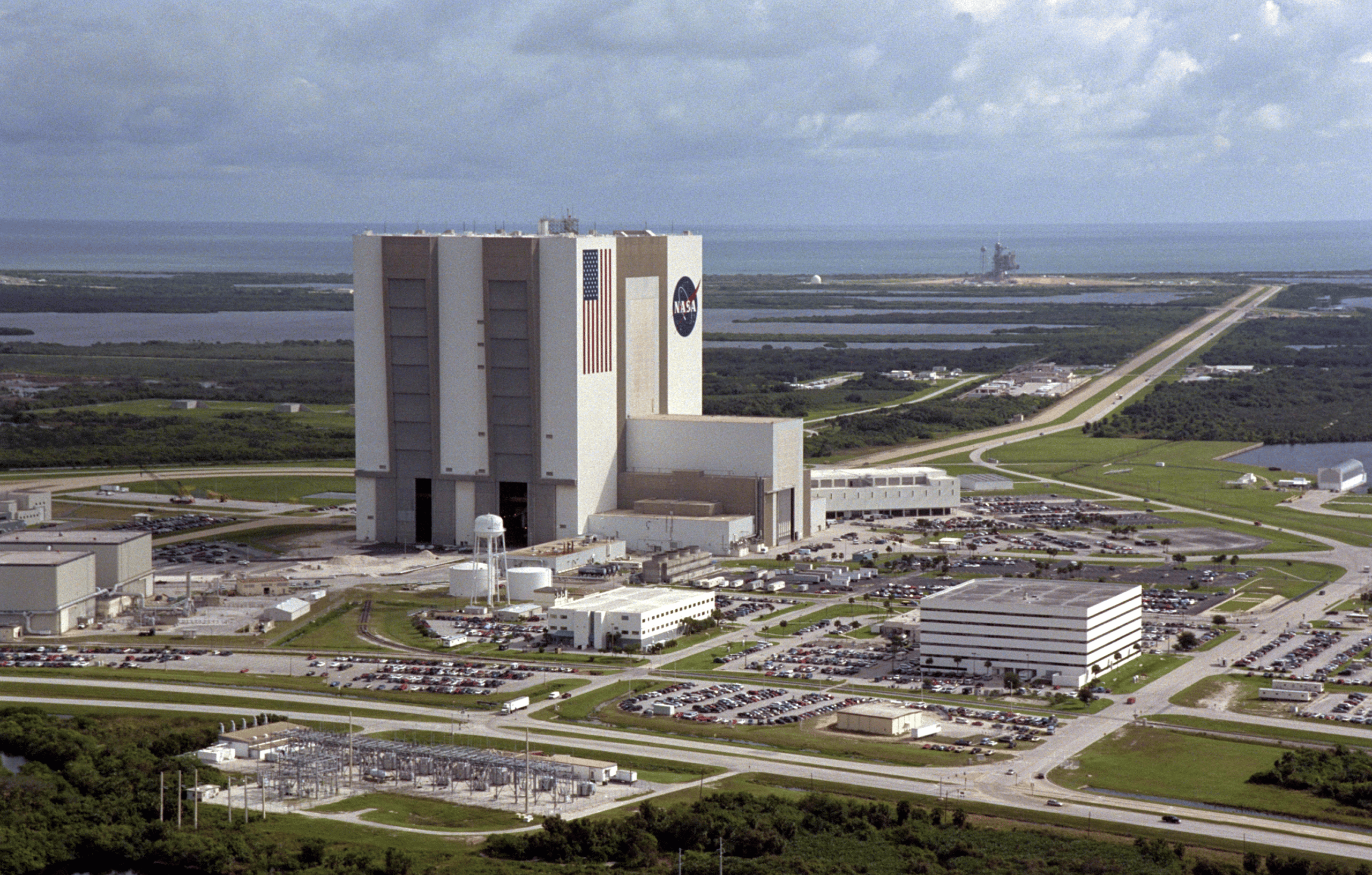
Article Summary: Historic Sites In Florida
Historic Sites In Florida. More Than Just Parks has 15 incredible must-see sites for you to visit.
I’ve been to so many of these amazing places since retiring from teaching in 2018. Did I mention that I taught history? I spent a lifetime teaching about the history behind these momentous sites. Then I got to see them firsthand. And now I’m sharing the stories of these incredible places with you. It doesn’t get any better than that!
I’m going to give you my list of the 15 Historic Sites In Florida that you’ll want to see.
To be clear, this list includes national park sites (as in sites managed by the National Park Service) as opposed to national parks. It also includes sites not managed by the National Park Service. After all, we’re more than just parks!
If you’re planning a trip to the Sunshine State then one book that I highly recommend is: Florida Bucket List Adventure Guide & Journal: Explore 50 Natural Wonders You Must See!
Without further ado, let’s dive in!
Table Of Contents: Historic Sites In Florida
Top 15 Historic Sites In Florida
15. Lightner Museum
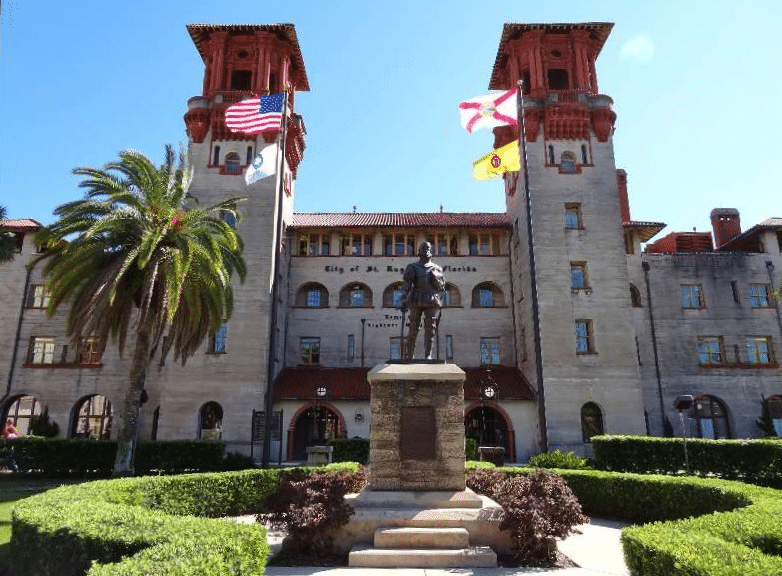
Florida has more than 7,700 lakes, 11,000 miles of rivers, 2,276 miles of tidal shoreline, and has produced more than 900 world fishing records, more than any other state, or country. The state also has more than 700 freshwater springs. Of them, 27 are classified as first-magnitude springs, more than any other state.
And there are some wonderful historic sites in Florida. More Than Just Parks is excited to give you our list of the Top 15 Historic Sites In Florida. And we’re beginning at #15 with the Lightner Museum.
The Lightner Museum is located in St. Augustine, Florida, and is housed in the former Alcazar Hotel, a magnificent Spanish Renaissance Revival-style building. The museum was established in 1948 by Otto C. Lightner, a publisher and collector, who donated his extensive collection of art, antiques, and curiosities to the city.
The Lightner Museum is renowned for its eclectic collection of decorative arts, including furniture, glass, porcelain, silver, and cutlery from the 19th and 20th centuries. The museum also has an impressive collection of fine art, with works by notable artists such as William-Adolphe Bouguereau, Thomas Sully, and John Singer Sargent.
The museum’s main gallery, located in the former hotel’s indoor swimming pool, is one of its most stunning features. The gallery is surrounded by balconies with ornate wrought-iron railings, and the pool is now a reflecting pool filled with plants and sculptures.
Other highlights of the Lightner Museum include the Victorian Science and Industry Room, which showcases inventions and scientific instruments from the Victorian era, and the Music Room, which features a collection of rare musical instruments, including pianos, harps, and organs.
14. The Ernest Hemingway Home & Museum
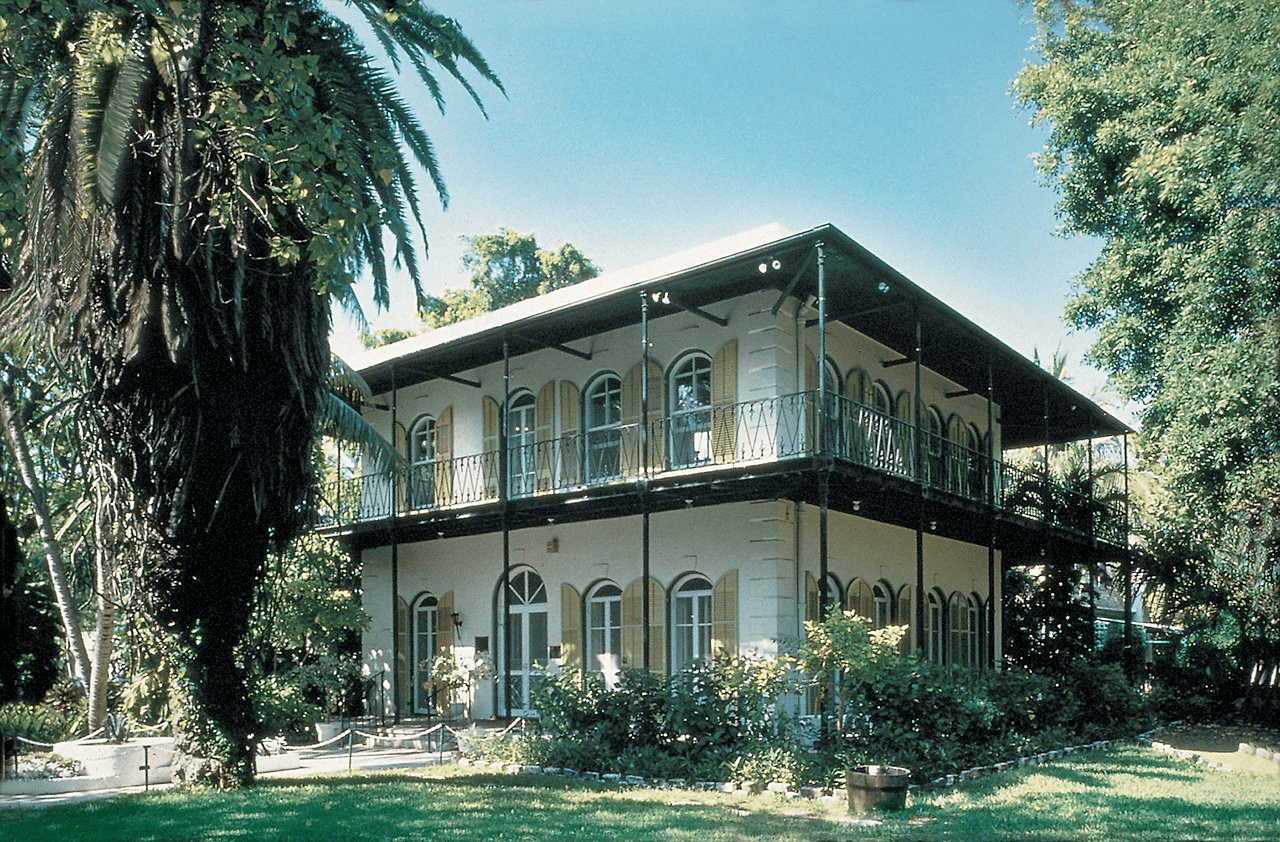
At #14 on our list of the Best Historic Sites In Florida is a place which celebrates a literary legend. It’s the Ernest Hemingway Home & Museum.
He’s one of the greatest writers of all time and you can learn about him at The Ernest Hemingway Home & Museum, also known as the Hemingway House. It’s located in Key West, Florida, and is a National Historic Landmark.
The house was built in 1851 in the Spanish Colonial style and was originally owned by a wealthy maritime merchant named Asa Tift.
Ernest Hemingway, one of America’s most famous authors, purchased the house in 1931, along with his wife Pauline. The Hemingways lived in the house for almost a decade, during which time Hemingway wrote some of his most famous works, including “To Have and Have Not” and “The Snows of Kilimanjaro.”
Hemingway was known to have been very fond of Key West, and he wrote about the island’s laid-back lifestyle and colorful characters in many of his stories.
After Hemingway’s death in 1961, the house was left to his wife, who sold it to a local businessman. In 1968, a group of concerned Key West residents formed the Hemingway Home Foundation with the goal of purchasing the property and preserving it as a museum.
The foundation was successful in its efforts, and the house was opened to the public in 1968.
Things To Do
Here are some things you can do when you visit:
- Take a guided tour of the house: You can explore the beautifully restored Spanish Colonial mansion and learn about the history and architecture of the building. You’ll also learn about Hemingway’s life and work, and see where he wrote some of his most famous novels.
- Visit the museum exhibits: The museum features a variety of exhibits on Hemingway’s life and work, including artifacts, manuscripts, and photographs. You can learn about his time in Key West and his travels around the world.
- See the famous six-toed cats: Hemingway was an avid cat lover and owned several six-toed cats. Today, the house is home to over 40 cats, many of which are descendants of Hemingway’s original cats.
- Explore the gardens and grounds: The house is surrounded by beautiful gardens and landscaped grounds that are open to visitors. You can take a leisurely stroll or have a picnic on the lawn.
- Visit the gift shop: The gift shop offers a wide selection of books, souvenirs, and gifts related to Hemingway and the house.
- Attend a special event: The museum hosts a variety of special events throughout the year, including book signings, lectures, and literary festivals.
- Have a drink at the Hemingway-inspired bar: The house has a bar named after Hemingway, where you can enjoy a cocktail and soak up the atmosphere.
- Visit nearby attractions: The Hemingway Home & Museum is located in the heart of Key West, which is home to many other cultural attractions, shops, and restaurants.

13. Vizcaya Museum & Gardens
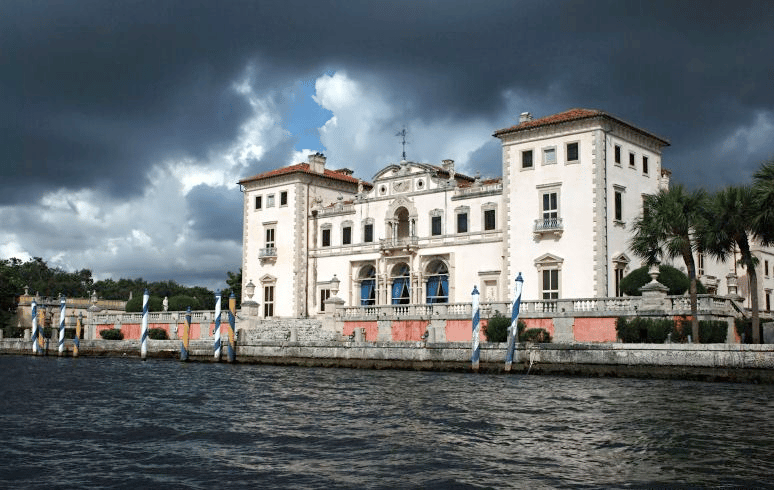
At #13 on our list of the Best Historic Sites In Florida is a Mediterranean-style villa on the shores of Biscayne Bay. Welcome to the Vizcaya Museum & Gardens.
The Vizcaya Museum & Gardens is a historic estate located in Miami, Florida. The estate was built in the early 20th century by James Deering, a wealthy businessman and art collector who wanted to create a Mediterranean-style villa on the shores of Biscayne Bay.
Construction of the estate began in 1914 and was completed in 1916. The villa, which has 34 rooms, features a mix of architectural styles, including Italian Renaissance, Baroque, and Rococo. The interior of the villa is decorated with art and antiques collected by Deering during his travels throughout Europe.
In addition to the villa, the estate includes 10 acres of formal gardens designed in the Italian Renaissance style. The gardens feature fountains, sculptures, and a maze of hedges. The estate also includes a breakwater, a boathouse, and a village with staff quarters, stables, and a dairy.
After James Deering’s death in 1925, the estate was sold to a group of developers who planned to demolish the villa and subdivide the property. However, a group of concerned citizens formed the Vizcaya Preservation Association and successfully lobbied the city of Miami to purchase the property and preserve it as a museum.
Today, the Vizcaya Museum & Gardens is a popular tourist attraction that showcases the opulence and grandeur of the Gilded Age. Visitors can tour the villa and gardens and view the collection of art and antiques that James Deering collected during his lifetime.
The estate also hosts a variety of cultural events, including concerts, lectures, and special exhibits.
12. Kingsley Plantation
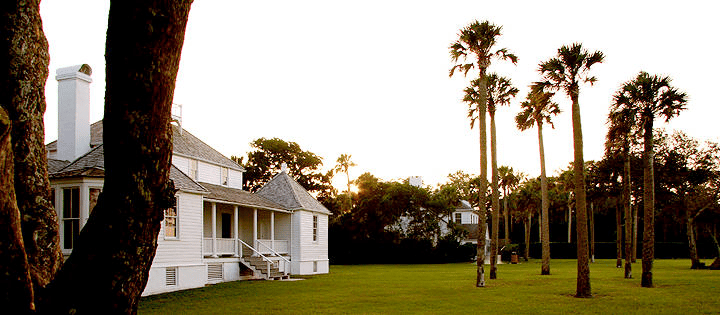
Our next site is an antebellum plantation with a fascinating story to tell. At #12 on our list of the Best Historic Sites In Florida is the Kingsley Plantation.
The Kingsley Plantation is a historic site located on Fort George Island in Jacksonville, Florida. The plantation was founded in the late 18th century by Zephaniah Kingsley, a slave trader and planter who owned hundreds of enslaved Africans.
The main house on the plantation, known as the Kingsley House, was built in 1797 and is one of the oldest standing plantation houses in Florida. The house is made of tabby, a type of concrete made from crushed oyster shells, sand, and water.
The Kingsley House features a distinctive architectural style known as the “Georgian-Colonial,” which combines elements of both Georgian and Colonial architecture.
In addition to the main house, the Kingsley Plantation includes several other buildings, including a kitchen house, a barn, and several slave quarters. The slave quarters are some of the best-preserved examples of slave housing in the southeastern United States.
Today, the Kingsley Plantation is managed by the National Park Service and is open to the public for tours. The site offers a glimpse into the history of slavery and the lives of the enslaved Africans who lived and worked on the plantation.
Visitors can explore the Kingsley House and other historic buildings, as well as hike the nature trails that wind through the surrounding salt marshes and forests. The site also hosts a variety of educational programs and cultural events throughout the year.
11. Key West Lighthouse
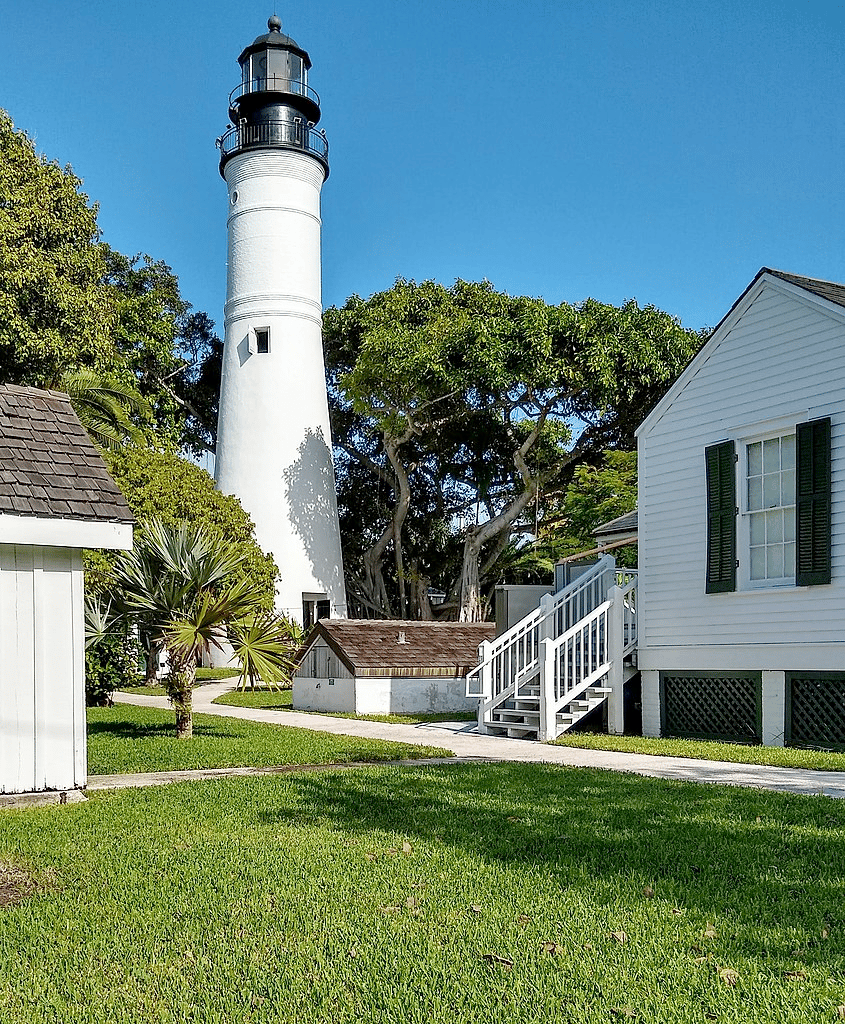
We move from an antebellum plantation to an historic lighthouse. At #11 on our list of the Best Historic Sites In Florida is the Key West Lighthouse.
The Key West Lighthouse is located in Key West, Florida. It was originally built in 1848 and stood 50 feet tall with 13 lamps in 21-inch reflectors, and stood on ground about 15 feet (4.6 m) above sea level.
It was built to replace a previous structure that had been destroyed in a hurricane. Over the years, the lighthouse underwent repairs and the height was increased. In 1894 the tower was raised twenty feet, placing the light about 100 feet above sea level.
The lighthouse was decommissioned by the Coast Guard in 1969, and it was turned over to Monroe County. The county then leased it to the Key West Arts and Historical Society, which operates the lighthouse and its associated buildings as the Key West Light House and Keeper’s Quarters Museum.
The museum offers visitors the opportunity to learn about the history of the lighthouse and the lives of the lighthouse keepers who worked there. It is open to the public and tours are available.
Top 10 Historic Sites In Florida
10. Fort Caroline National Memorial

We’re on to our list of the Top 10 Historic Sites In Florida. If you love military history then you’ll enjoy our next site. It’s Fort Caroline National Memorial.
Fort Caroline National Memorial is located in Jacksonville, Florida. It commemorates the short-lived French attempt to establish a colony in Florida in the 16th century.
In 1562, French explorer Jean Ribault led an expedition to Florida and established a colony at the mouth of the St. Johns River, which he named Fort Caroline in honor of the French King Charles IX. The colony was intended to serve as a base for French piracy and to challenge Spanish claims to the region.
The Spanish, who had already established colonies in Mexico and the Caribbean, saw the French colony as a threat and launched a series of attacks to try to eliminate it. In 1565, the Spanish under Pedro Menéndez de Avilés established their own colony at St. Augustine, just south of Fort Caroline.
The Spanish Launched At Attack On Fort Caroline
In September of 1565, the Spanish launched an attack on Fort Caroline. The French were poorly prepared and were quickly defeated, with many being killed and others taken prisoner. The Spanish then destroyed Fort Caroline and established their dominance in the region.
Fort Caroline was largely forgotten for several centuries, but was rediscovered in the 20th century and designated as a National Memorial in 1950. Today, the site features a replica of the original fort and offers visitors the opportunity to learn about the early European exploration and colonization of Florida.
The National Park Service also manages nearby natural areas, including the Timucuan Ecological and Historic Preserve, which includes wetlands, forests, and other habitats that were home to the Timucua people, who lived in the area long before the arrival of Europeans.
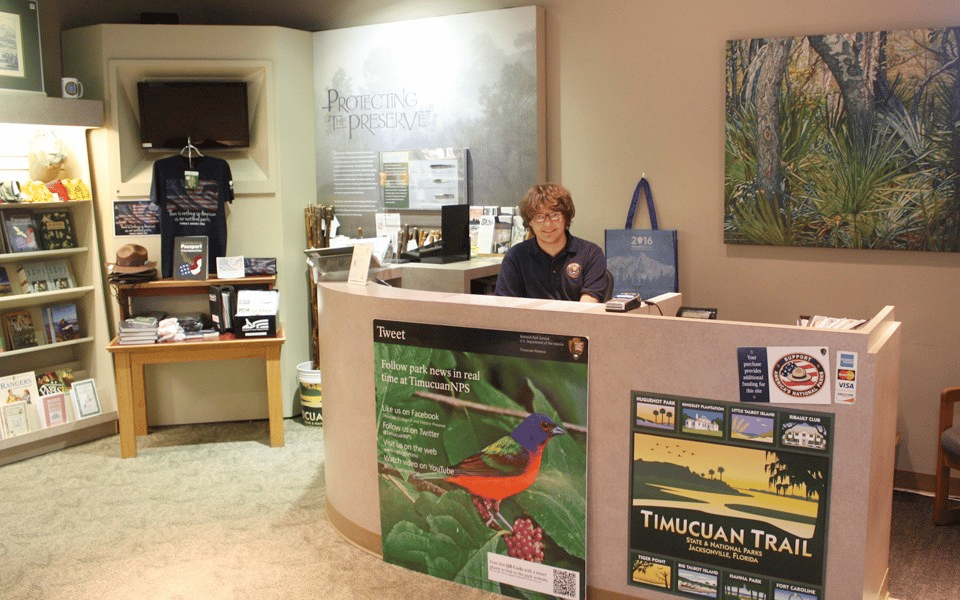
CHECK OUT: 20 MUST-SEE Historic Sites In California
9. De Soto National Memorial
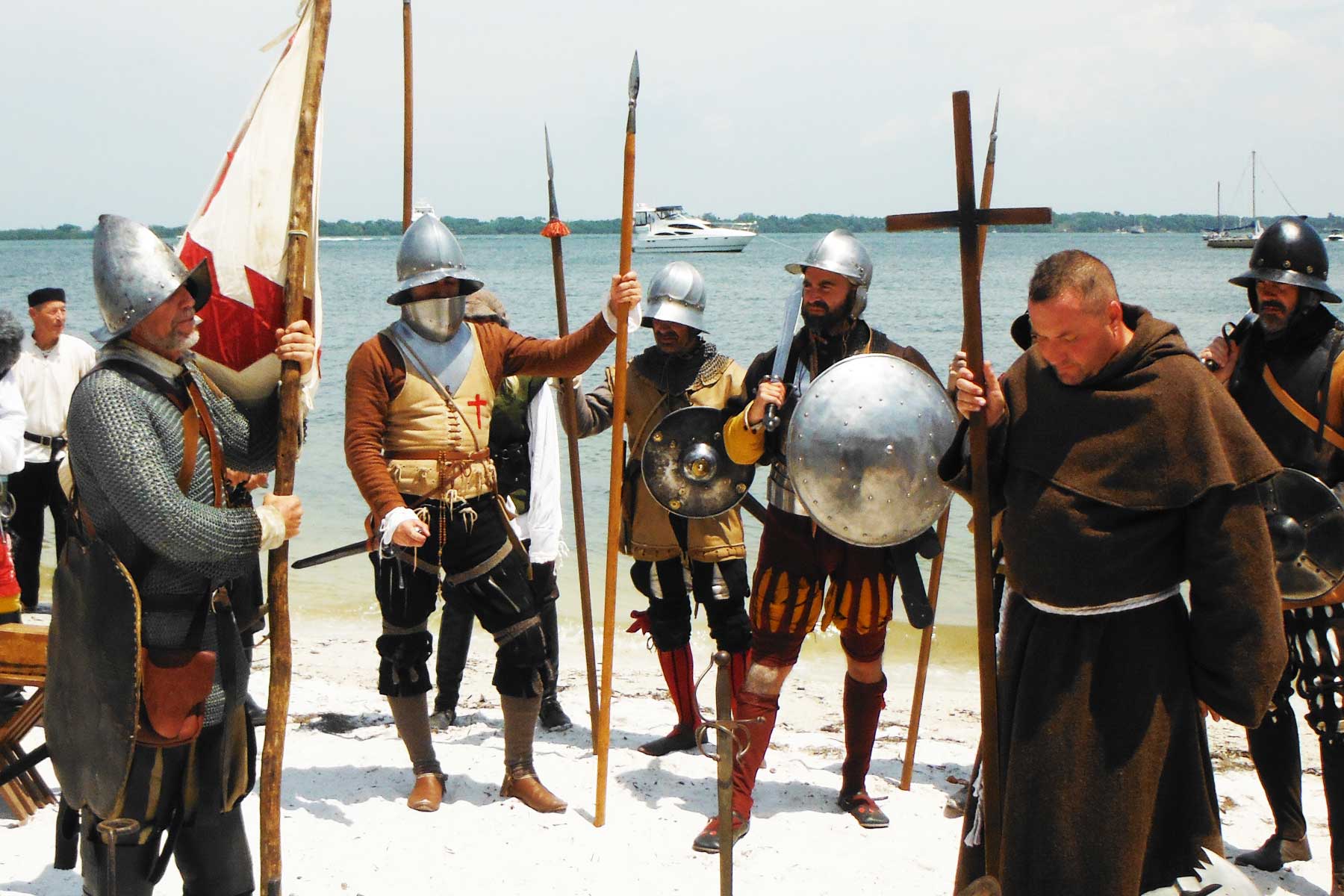
Our next historic site honors the legacy of a famed explorer. At #9 on our list of the Best Historic Sites In Florida is the De Soto National Memorial.
The De Soto National Memorial is located in Bradenton, Florida. It commemorates the explorations of the Spanish explorer Hernando de Soto and his expedition through the southeastern United States in the early 16th century.
De Soto and his expedition, which consisted of over 600 men, arrived in Florida in 1539, and spent the next four years exploring and searching for gold and other resources.
They traveled through what is now Florida, Georgia, the Carolinas, Tennessee, Alabama, and Mississippi, and were the first Europeans to make contact with many of the native tribes in the region.
An Expedition Fraught With Challenges
The expedition was fraught with challenges, including conflicts with native tribes, harsh weather conditions, and a lack of resources. Many members of the expedition died during the journey, including de Soto himself, who died in 1542 in present-day Arkansas.
The memorial was established in 1948 to commemorate the expedition and its impact on the region. It features a visitor center with exhibits and a museum, as well as a nature trail that takes visitors through the local ecosystems, and ranger-led programs that provide visitors with an understanding of the history and significance of the expedition.
The memorial also offers a glimpse of the native cultures, and the impact of the first European contact on the native peoples.
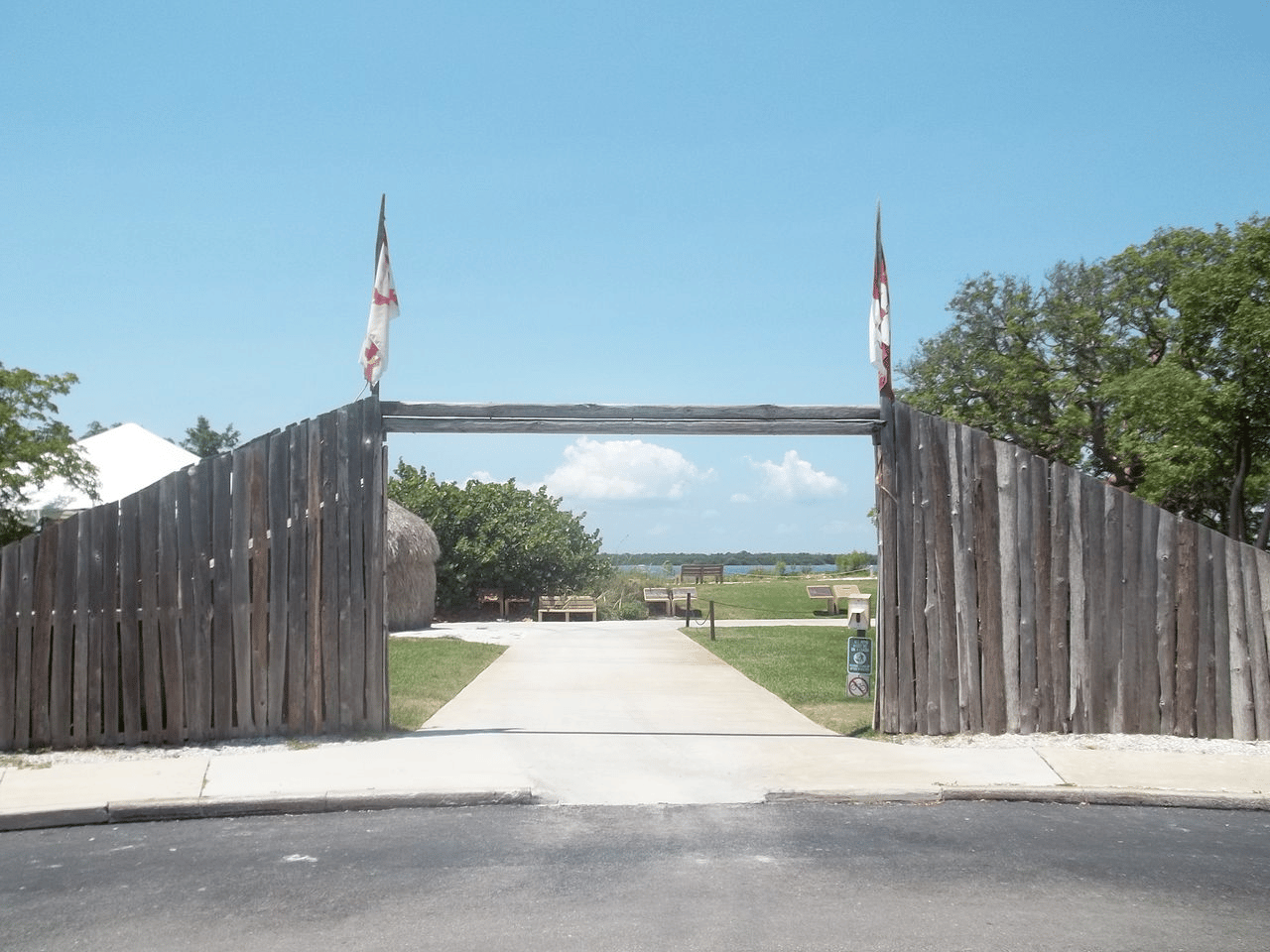
CHECK OUT: 15 MUST-SEE Historic Sites In Georgia
8. Castillo de San Marcos National Monument
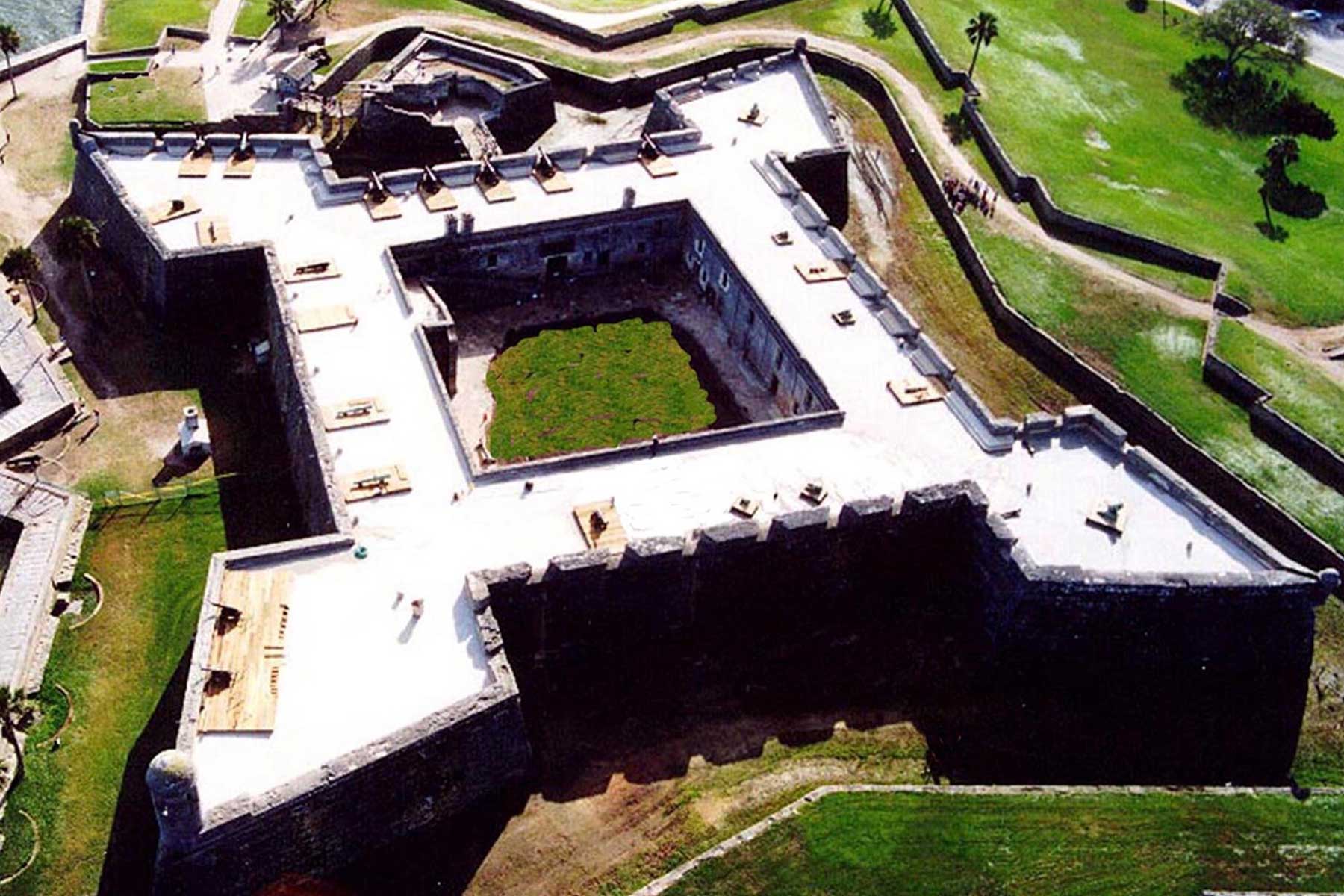
Our next historic site is the oldest masonry fort in the United States. Welcome to Castillo de San Marcos National Monument.
Historic Castillo de San Marcos National Monument, site of the oldest masonry fort in the United States, was built by the Spaniards on Matanzas Bay between 1672 and 1695 to protect the city of St. Augustine.
Established as Fort Marion National Monument in 1924, it was renamed in 1942.
Castillo de San Marcos National Monument preserves an incredible 17th century structure that is the oldest existing masonry fort in the continental U.S.
The fort itself has a dark history (especially under US control) having been used by the United States to imprison Native Americans including Chief Osceola and Geronimo.
Things To Do & See
Rangers and volunteers are eager to answer your questions and provide interpretive opportunities throughout the day on the history and culture of the park. There are formal presentations where you can listen to a thematic program, usually 15-20 minutes long.
There are ongoing informal stations where you can engage firsthand with cultural objects, ask your burning questions, and spend as little or as much time as you would like.
Program topics, locations, and times vary on the season, weather, and visitation. Please ask the staff upon arrival or look for a sign in the courtyard area for the upcoming opportunities.
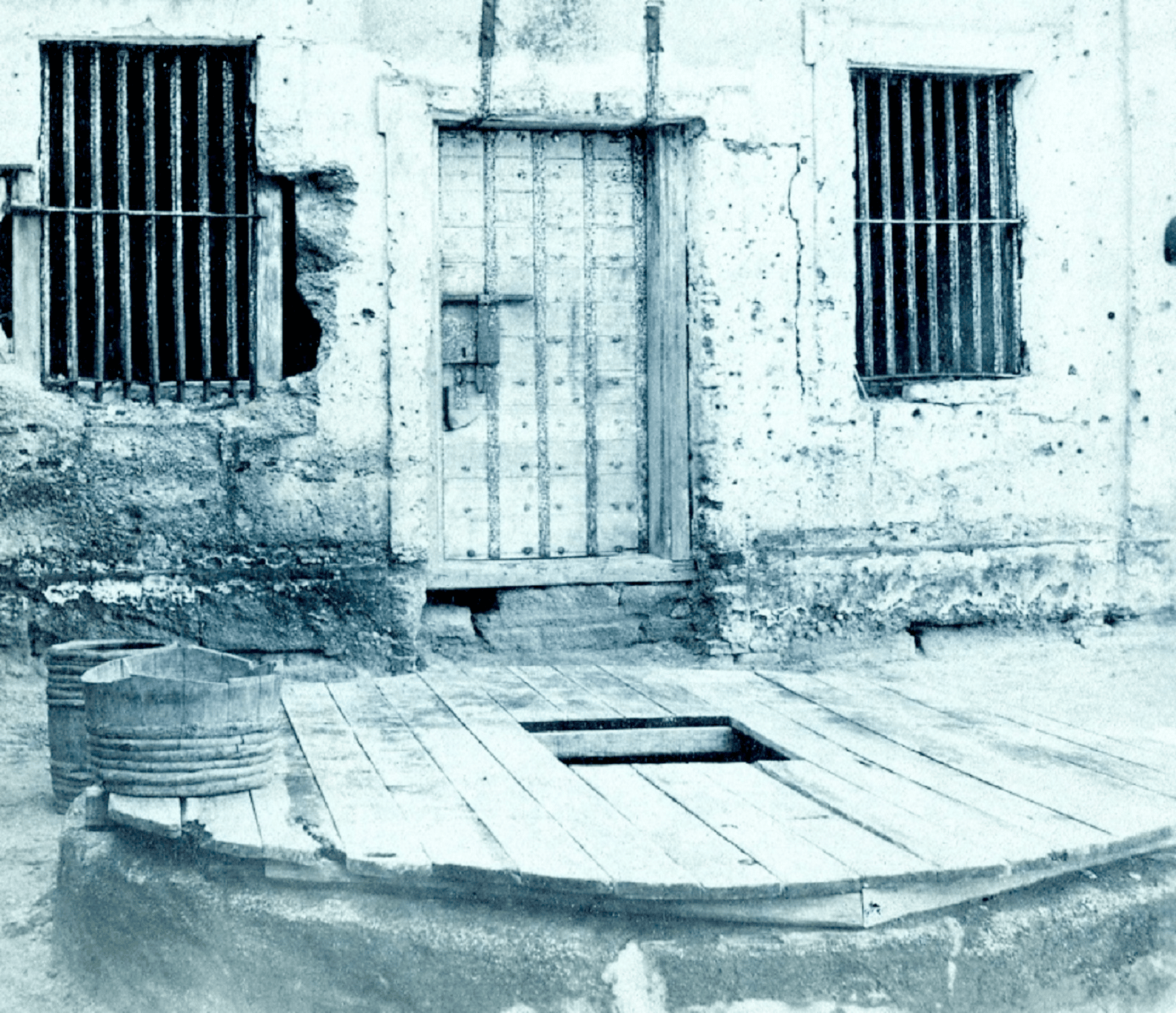
CHECK OUT: 10 MUST-SEE Historic Sites In Louisiana
7. Fort Matanzas National Monument
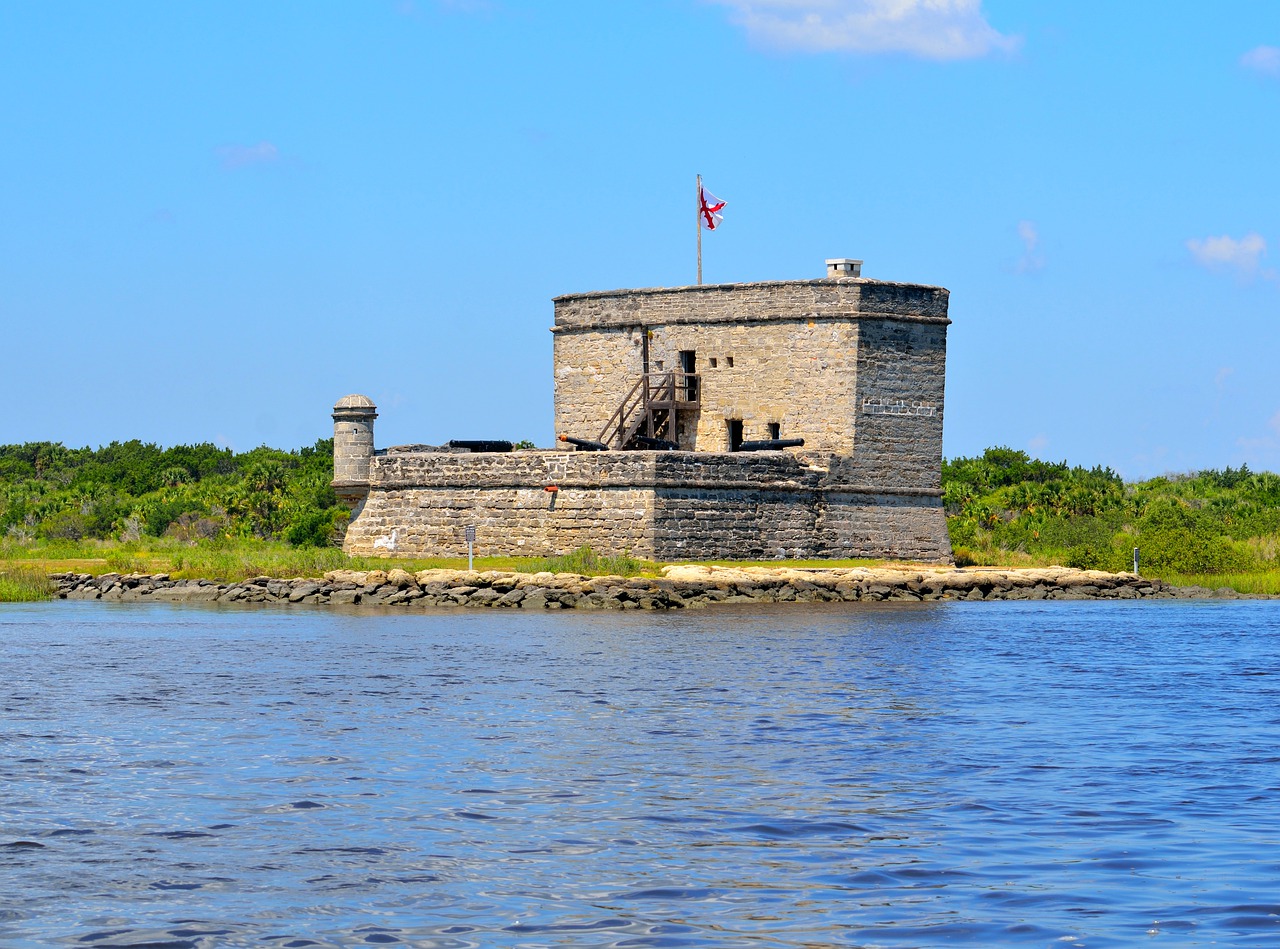
Another amazing fort is Fort Matanzas National Monument. It’s #7 on our list of the Best Historic Sites In Florida.
Fort Matanzas is located on the southern tip of Anastasia Island. It commemorates the Spanish fort of San Marcos de Matanzas, which was built by the Spanish in 1740-1742 to protect the southern approach to the city of St. Augustine from potential British and French invasion.
The fort was named after the Matanzas River, which runs nearby, and was strategically located on the Matanzas Inlet, which provided access to the Matanzas River and St. Augustine. The fort was manned by a small detachment of soldiers and was equipped with cannons.
It Repelled A British Attack
In 1742, the fort successfully repelled an attack by a British naval force under the command of Governor James Oglethorpe of the British colony of Georgia.
The fort remained active during the 18th century and played a role in the defense of St. Augustine during the American Revolutionary War.
The fort was later abandoned by the Spanish in the late 18th century and fell into disrepair. It was rediscovered by the National Park Service in the early 20th century and was designated as a National Monument in 1924.
Today, the monument is open to the public and offers visitors the opportunity to tour the reconstructed fort, which has been restored to its 18th-century appearance, and learn about the history and significance of the fort.
CHECK OUT: 10 MUST-SEE Historic Sites In Mississippi
6. Nike Missile Base in Everglades National Park
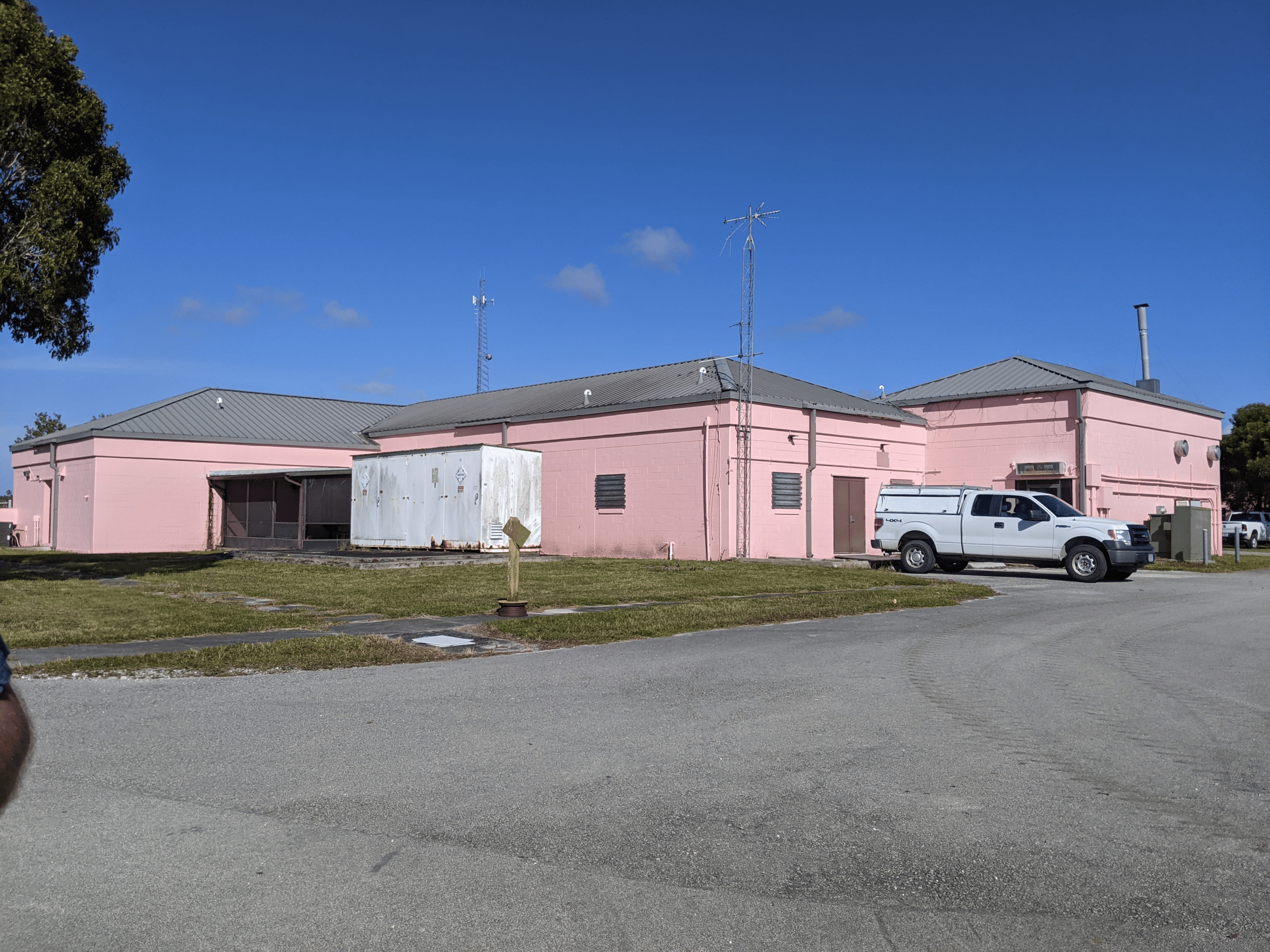
We move from an 18th century fort to a more recent military installation which is a remnant of the Cold War era. At #6 on our list of the Best Historic Sites In Florida is the Nike Missile Base in Everglades National Park.
The base was part of a nationwide network of missile bases established by the United States Army during the 1950s and 1960s to defend against potential air attacks by the Soviet Union.
The Nike missile base in Everglades National Park was built in the early 1960s and was operational until the late 1970s.
It consisted of a missile launch site and a control center, both of which were underground. The base was equipped with Nike Ajax missiles, which were short-range, surface-to-air missiles designed to intercept and destroy incoming aircraft.
During its operational period, the base was manned by a small detachment of soldiers, who were responsible for the maintenance and operation of the missiles. The base was also equipped with radar and other electronic systems that were used to detect and track incoming aircraft.
After the missile base was decommissioned in the late 1970s, the land was returned to the National Park Service, which now operates the site as a historical monument. The base has been preserved in its original condition and is open to the public for tours.
Visitors can explore the underground missile launch site and control center, and learn about the history of the Cold War and the role of the Nike missile program in the defense of the United States.
CHECK OUT: 20 MUST-SEE Historic Sites In New York
The Top 5 Historic Sites In Florida
5. Timucuan Ecological & Historic Preserve

We’re on to the Top 5 Historic Sites In Florida. At #5 we have the Timucuan Ecological & Historic Preserve.
The Timucuan Ecological and Historic Preserve is a protected area located in northeastern Florida. It was established in 1988 as a unit of the National Park Service to preserve and interpret the cultural and natural resources of the Timucuan people, who lived in the region for thousands of years before the arrival of Europeans.
The preserve encompasses over 46,000 acres of wetlands, coastal hammocks, and pine flatwoods, and includes several historic sites and monuments.
These include the Kingsley Plantation, which tells the story of Zephaniah Kingsley and his family, who lived on the plantation from 1814 to 1837, Fort Caroline National Memorial which commemorates the French colony of Fort Caroline, established in the area in 1564, and the Ribault Club, a mansion built in 1928 by wealthy industrialists and used as a private club.
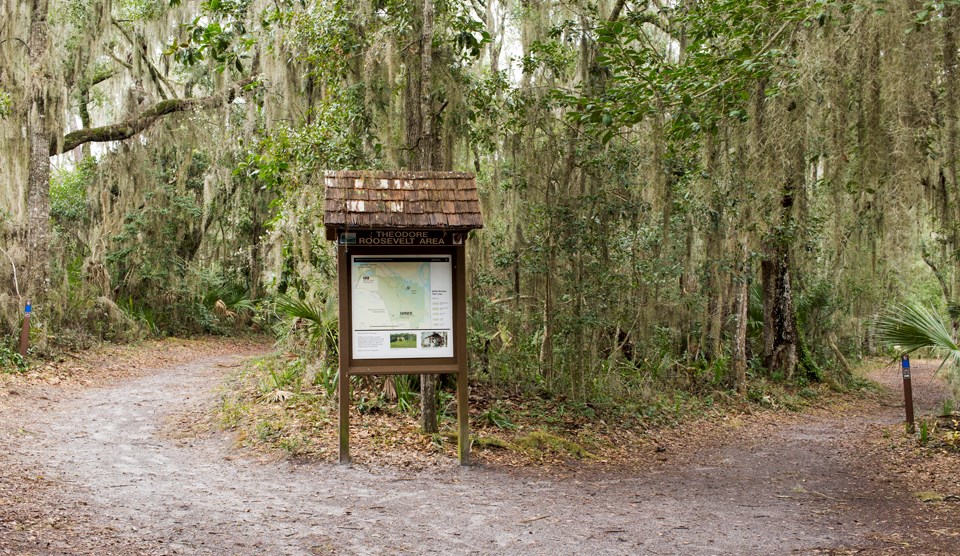
Visitors Can Explore The Natural Beauty Of The Area
In addition to the historic sites, the preserve also offers visitors the opportunity to explore the natural beauty of the region, including the salt marshes, coastal dunes, and pine forests, and to learn about the diverse plant and animal life that thrive in these habitats.
The preserve also offers guided tours, ranger-led programs and recreational activities such as hiking, kayaking, and fishing.
The Timucuan Ecological and Historic Preserve is a unique opportunity to learn about the history and culture of the Timucuan people, as well as to explore the natural beauty of northeastern Florida.
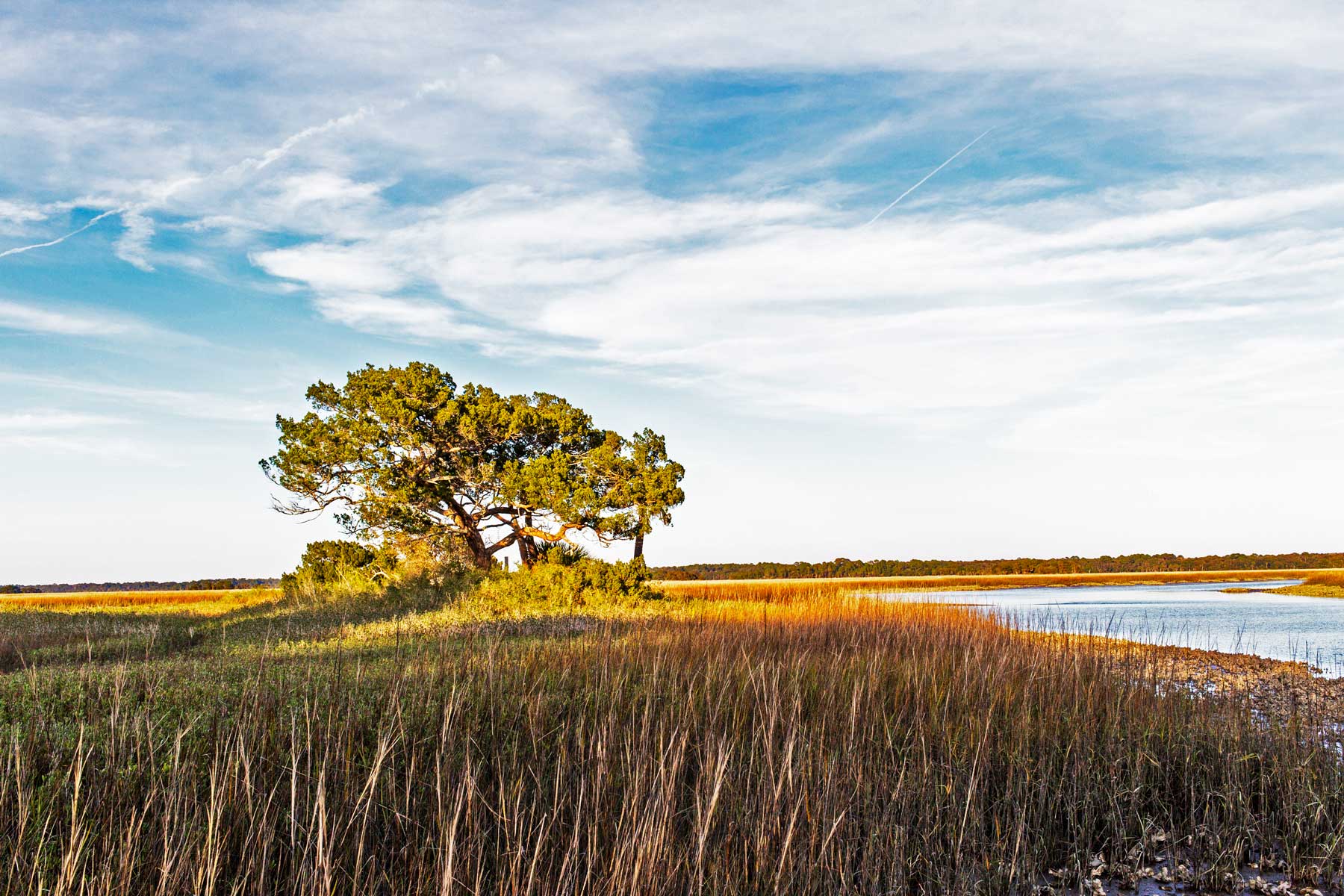
CHECK OUT: 15 MUST-SEE Historic Sites In New Jersey
4. Fernandina Beach On Amelia Island
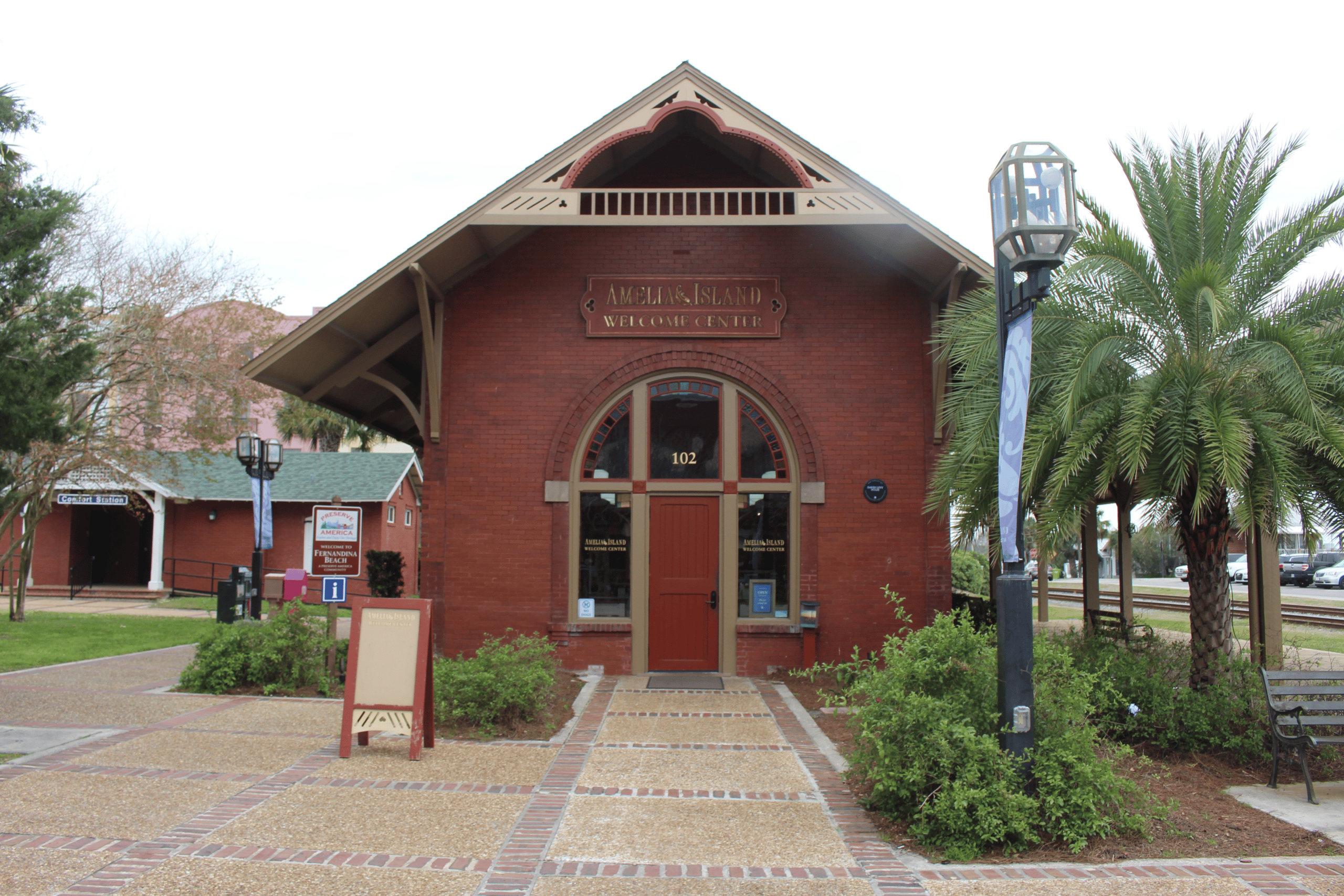
We’re on to the “Final Four.” At #4 is a site which has a rich history dating back to the 16th century when the island was first visited by Spanish explorer Juan Ponce de León. It’s Fernandina Beach on Amelia Island.
Fernandina Beach is a city located on Amelia Island in northeastern Florida.
In the early 18th century, Amelia Island was settled by the French and named “Isle de Santa Maria.” The island changed hands several times between the French, Spanish, and British before being officially ceded to the United States in 1821 as part of the Adams-Onis Treaty.
In 1811, a group of American settlers led by Nathanial Richardson established a small village on the island, which they named Fernandina. This village later became the city of Fernandina Beach. The city grew quickly in the 19th century, driven by its strategic location as a port and its burgeoning lumber, fishing, and tourism industries.
It Was Occupied By Confederate Forces
During the American Civil War, Fernandina Beach was occupied by Confederate forces, but it was later retaken by Union troops. After the war, the city continued to grow, and by the late 19th century, it had become a popular destination for tourists and winter visitors.
Today, Fernandina Beach is a charming coastal city with a rich history and a vibrant downtown area. Visitors can explore the city’s historic district, which features well-preserved Victorian and Queen Anne-style buildings, and take in the local culture and festivals.
Amelia island and Fernandina beach is also home to many outdoor activities such as fishing, kayaking, hiking, and birdwatching.
CHECK OUT: 10 MUST-SEE Historic Sites In North Carolina
3. Fort Jefferson in the Dry Tortugas

Our next site is one of the most fascinating fortresses you’re likely to visit. At #3 on our list of the Best Historic Sites In Florida is Fort Jefferson Fortress.
Fort Jefferson is a historic fortress located in the Dry Tortugas, a group of small islands located about 70 miles west of Key West, Florida. The fort was built by the United States government during the mid-19th century as part of the country’s coastal defense system.
Construction of Fort Jefferson began in 1846 and continued for several decades. The fort was built to protect the Gulf of Mexico and the shipping lanes that passed through the area.
It was designed to be a massive structure, with walls that were 16 feet thick and stood up to 50 feet high. The fort was equipped with more than 400 guns, making it one of the most heavily armed forts in the country.
Fort Jefferson Was Never Called Upon To Defend The Nation
Despite its impressive design and armament, Fort Jefferson was never called upon to defend the nation. Instead, it was primarily used as a prison, and it held some of the most notorious criminals of the time, including Dr. Samuel Mudd, who was convicted of conspiracy in the assassination of President Abraham Lincoln.
In 1874, the fort was officially closed as a military installation, and it was later turned over to the Department of the Interior. In 1935, it was established as a national monument and today is part of the Dry Tortugas National Park.
Visitors can take ferries from Key West to the fort and explore its grounds and learn about its history. The fort is considered as one of the most remote and least visited national parks in the country, despite its historical significance and the natural beauty of the surrounding waters.
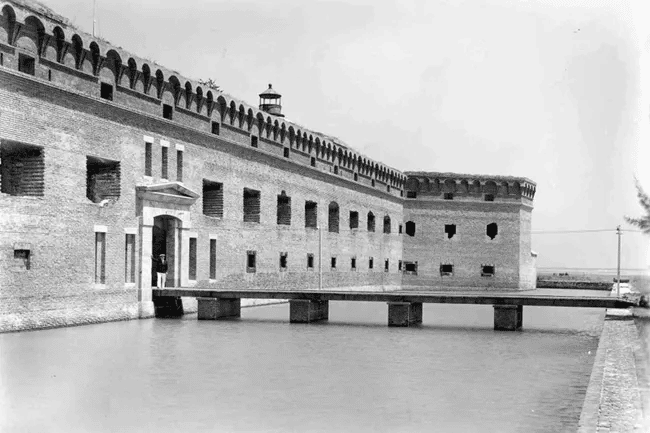
CHECK OUT: 15 MUST-SEE Historic Sites In Pennsylvania
2. The Happiest Place On Earth – Walt Disney World
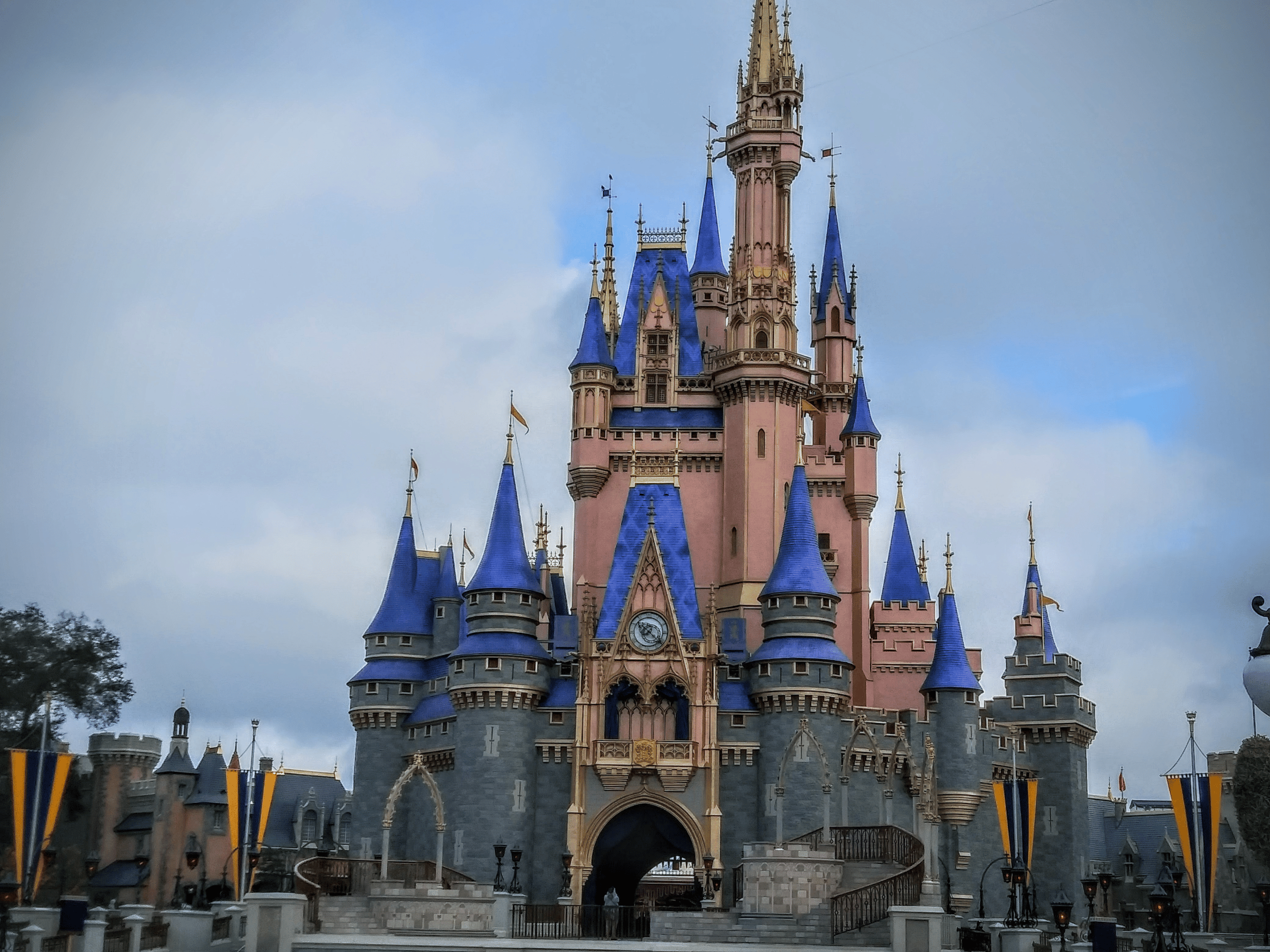
We’re on to our final 2 historic sites in Florida. In the runner-up spot at #2 is Walt Disney World.
Walt Disney World is a world-renowned entertainment complex located in Bay Lake and Lake Buena Vista, Florida. The history of Walt Disney World begins in the mid-1960s when Walt Disney, the legendary animator and entertainment entrepreneur, began looking for a site to build a new theme park on the East Coast.
After scouting various locations across the country, Walt Disney and his team settled on Florida as the ideal location due to its warm climate, available land, and proximity to major transportation routes.
Construction on Walt Disney World began in 1967, and the complex opened to the public on October 1, 1971. The park consisted of Magic Kingdom, which featured many of the same attractions as the original Disneyland in California, including: Main Street, USA, Fantasyland, Adventureland, Tomorrowland, and Frontierland.
Over the years, Walt Disney World has expanded to include additional theme parks, including Epcot, Disney’s Hollywood Studios, and Disney’s Animal Kingdom, as well as a number of water parks, hotels, and other entertainment venues.
Walt Disney World has become one of the most popular tourist destinations in the world, attracting millions of visitors each year from around the globe. The complex has also had a significant impact on the local economy, creating jobs and driving tourism in the surrounding area.
Despite the death of Walt Disney in 1966, the company has continued to innovate and expand its offerings at Walt Disney World, ensuring that it remains a top destination for families, Disney fans, and entertainment enthusiasts for generations to come.
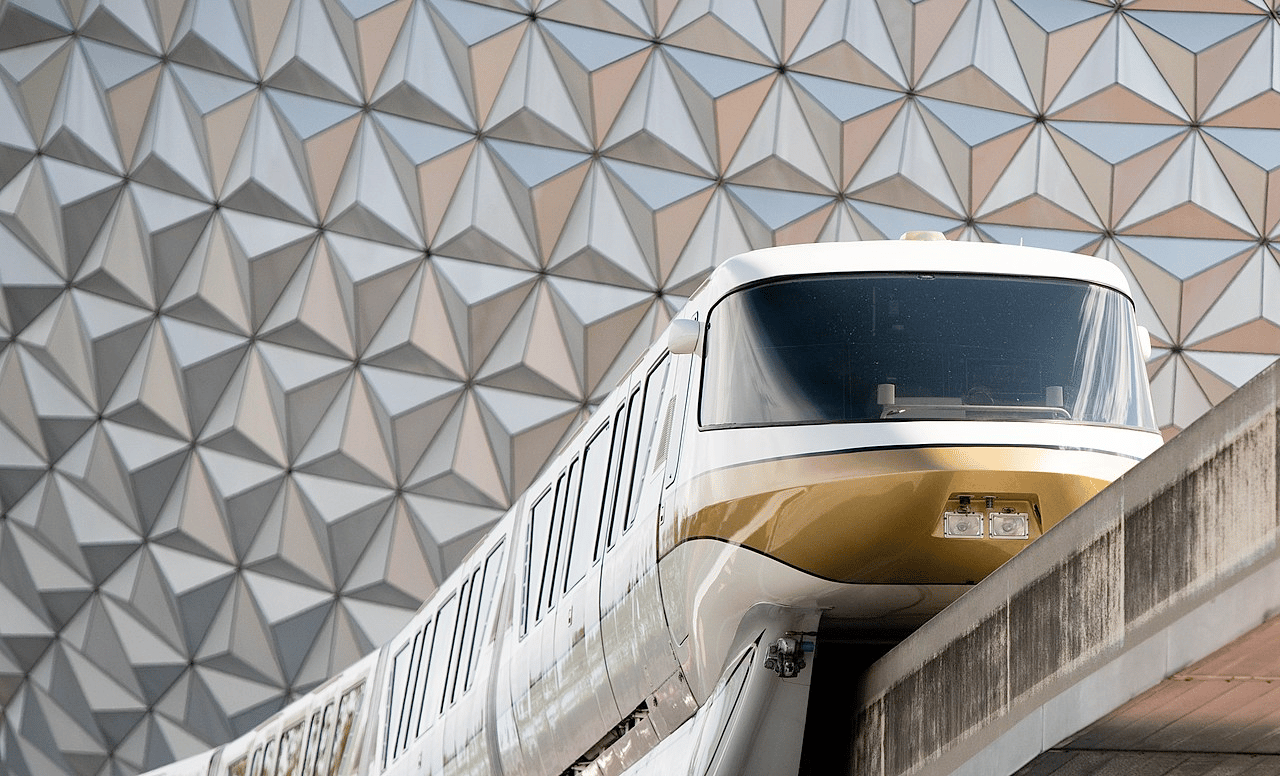
Things To Do At Walt Disney World
When it comes to things to do at Walt Disney World there’s no shortage. Among my favorites are:
- Disney’s Animal Kingdom Theme Park
- Disney Springs
- Magic Kingdom Park
- Epcot
- Avatar Flight of Passage
- Pandora – The World of Avatar
- Disney’s Typhoon Lagoon Water Park
- Disney’s Blizzard Beach Water Park

100 Years of Disney on Display
Now if it’s history that you’ve come to see then how about the history of the man who brought joy to millions.
You can see 100 Years of Disney on Display. Originally opened to commemorate the 100th anniversary of Walt’s birth, the gallery showcases his life story from small-town America to Hollywood.
After your gallery tour, catch a screening of Walt Disney: One Man’s Dream, a 15-minute documentary that showcases the life and times of the visionary creator.
Featuring rare audio recordings, historical footage and rarely seen home movies, this film traces the dramatic tale of how Walt turned his dreams into reality.

1. Kennedy Space Center
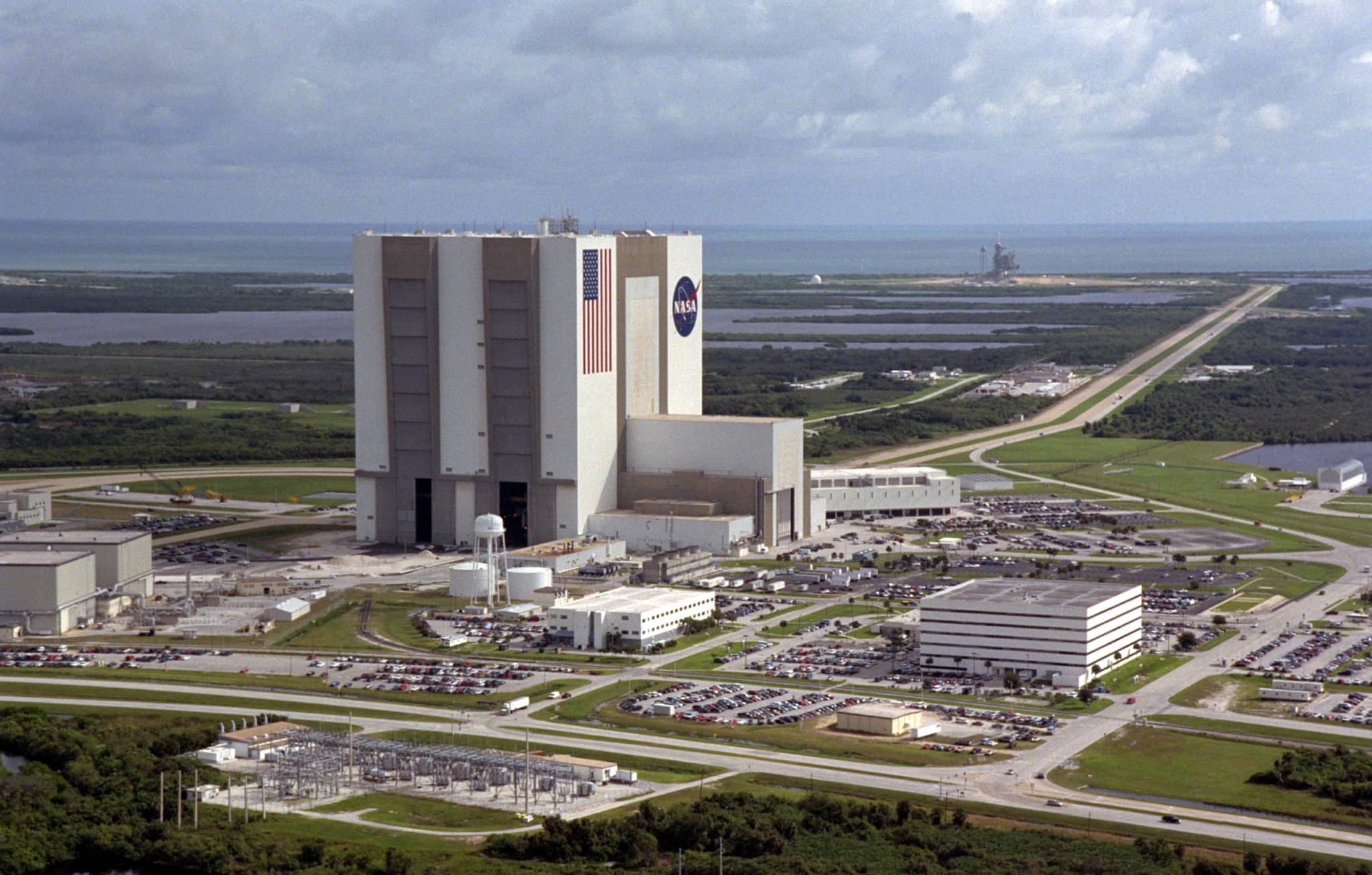
Walt Disney World is a tough act to follow, but More Than Just Parks has selected, as its #1 Historic Site In Florida, the Kennedy Space Center.
The Kennedy Space Center (KSC) is a spaceport located on Merritt Island in Florida. It was established in 1962 and has been a hub for space exploration and development ever since.
The history of the Kennedy Space Center begins in the late 1940s, when the U.S. government began to search for a location to establish a launch site for rockets and missiles.
In 1949, the government chose a location on the east coast of Florida, near Cape Canaveral, for the launch site. The area was chosen because of its proximity to the equator, which provides a natural boost to rockets launched from that location.
In 1958, NASA was established as a response to the Soviet Union’s launch of the first artificial satellite, Sputnik. One of NASA’s first tasks was to establish a launch site for its rockets and spacecraft.
NASA chose Cape Canaveral as the site for its space program, and the facility was renamed the John F. Kennedy Space Center in honor of the late president in 1963, shortly after his assassination.
Project Apollo
The first launch from the Kennedy Space Center was the unmanned Apollo 4 mission in November 1967. The center was then used extensively for the Apollo program, which culminated in the first manned moon landing in July 1969.
The center also supported numerous other manned and unmanned space missions throughout the 1970s and 1980s, including the Skylab space station, the Space Shuttle program, and the International Space Station.
The Kennedy Space Center has been involved in many historic space missions, including the launch of the first American in space, the first moon landing, and the first space shuttle mission. The center has also been used for commercial launches and is an important part of the American space program.
In recent years, the Kennedy Space Center has been undergoing a transformation to adapt to new developments in space technology and exploration.
In 2020, NASA partnered with private companies like SpaceX to launch astronauts from the United States for the first time in almost a decade, signaling a new era of collaboration between NASA and the private sector.
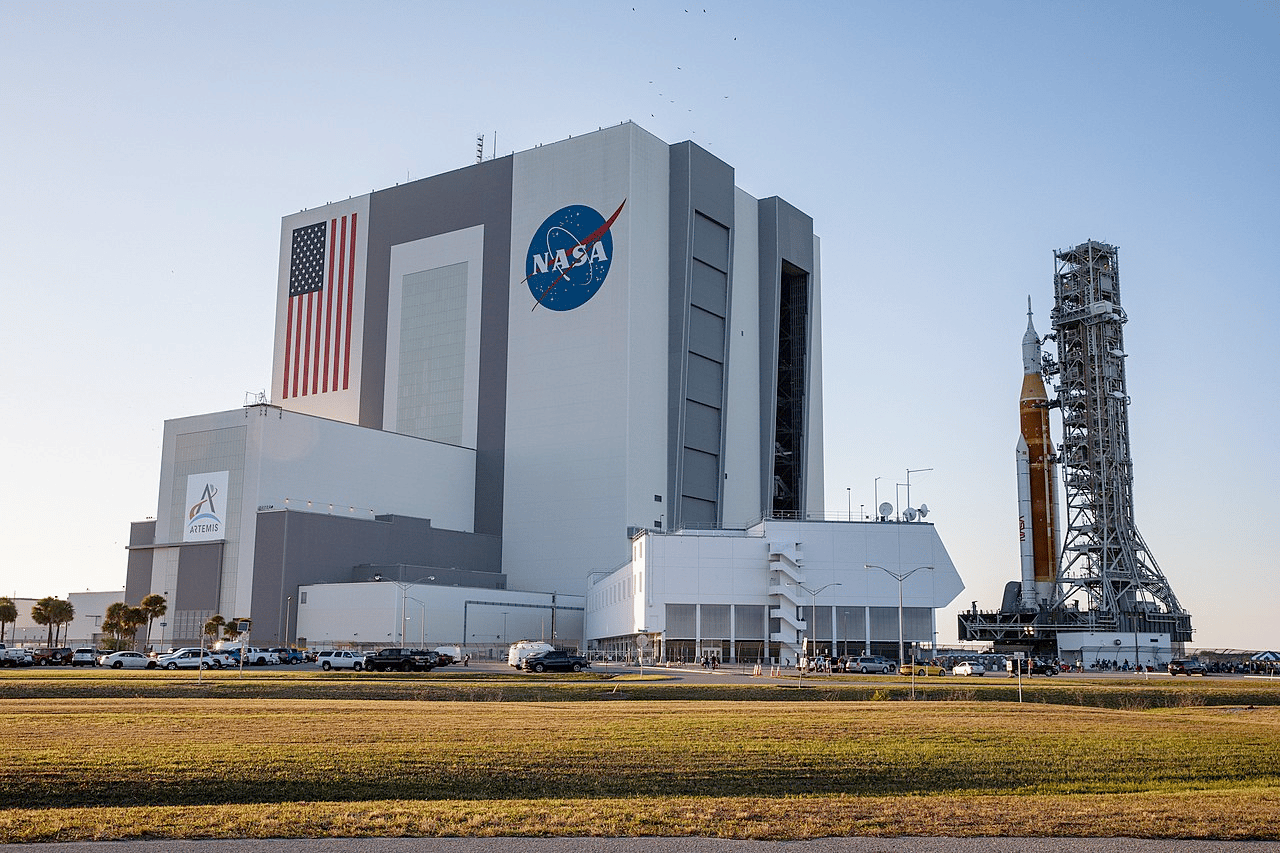
Things To Do At The Kennedy Space Center
From the Visitor Center there’s much to see and do. Attractions include:
- U.S. Astronaut Hall of Fame
- Mission Control: The Unsung Heroes of Apollo. Heroes & Legends.
- Rocket Garden. Heroes & Legends
- Astronaut Encounter. Heroes & Legends.
- Heroes & Legends
- Kennedy Space Center Bus Tour
- Apollo 8 and the Firing Room
- Path to the Moon
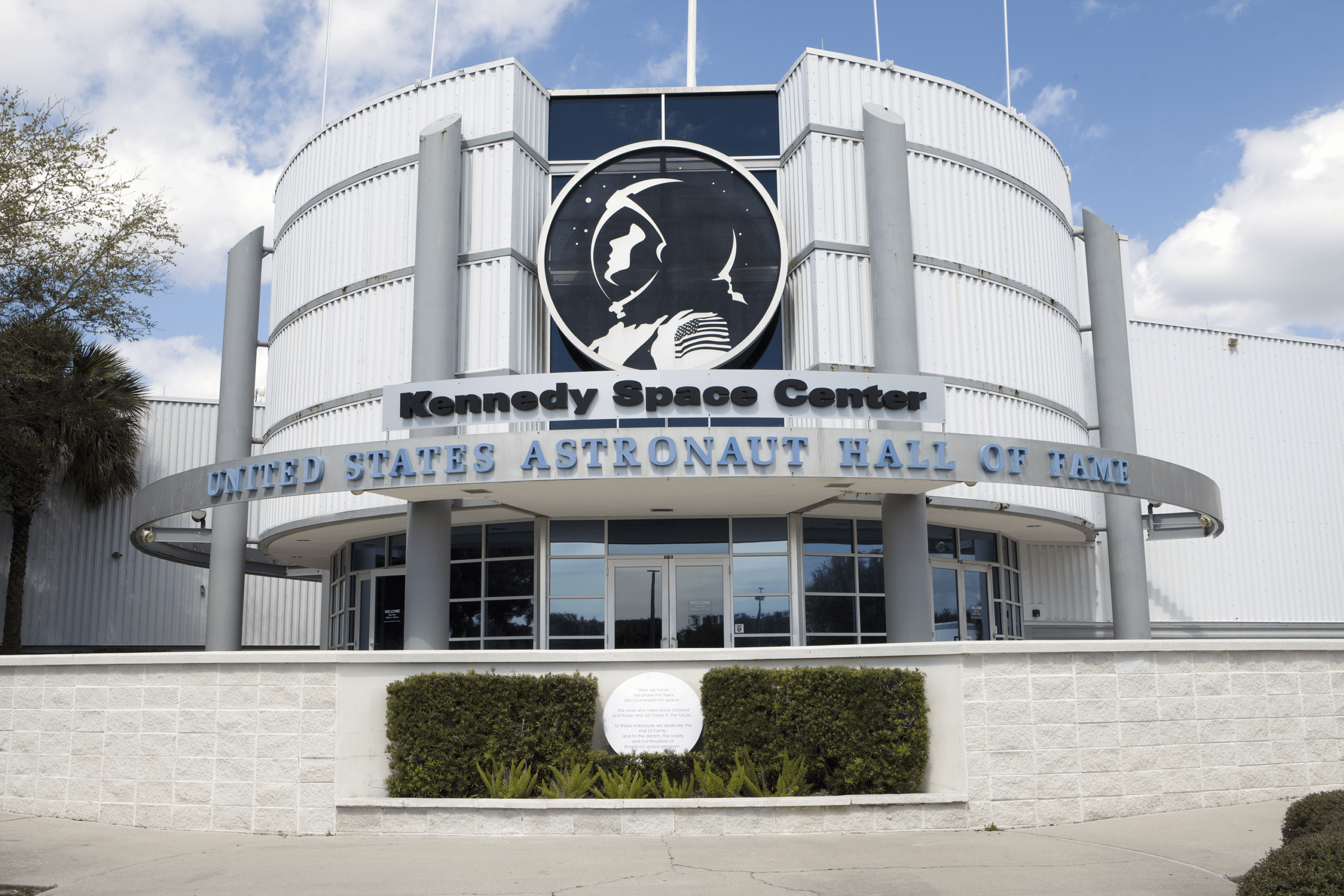
List Of Historic Sites In Florida
- Kennedy Space Center
- Walt Disney World
- Fort Jefferson in the Dry Tortugas
- Fernandina Beach on Amelia Island
- Timucuan Ecological & Historic Preserve
- Nike Missile Base in Everglades National Park
- Fort Matanzas National Monument
- Castillo de San Marcos National Monument
- De Soto National Memorial
- Fort Caroline National Memorial
- Key West Lighthouse
- Kingsley Plantation
- Vizcaya Museum & Gardens
- The Ernest Hemingway Home & Museum
- Lightner Museum
Why Trust Us About Historic Sites In Florida?
We’re Jim Pattiz and Will Pattiz, collectively known as the Pattiz Brothers and we absolutely LOVE the national parks.
You should probably know that we don’t just make this stuff up out of thin air. We’ve spent our entire adult lives exploring and filming America’s national parks and public lands.
We’ve worked with the National Park Service, the Department of Interior, USDA, U.S. Forest Service, and more for years creating films on important places and issues. Our work has been featured in leading publications all over the world and even some people outside of our immediate family call us experts on the national parks.
And, in 2018, our father – having spent a lifetime teaching history – joined us so that he could help us to tell the stories behind these amazing places.
Meet The Parks Brothers
We Hope You’ll Follow Our Journey

Our goal here at More Than Just Parks is to share the beauty of America’s national parks and public lands through stunning short films in an effort to get Americans and the world to see the true value in land conservation.
We hope you’ll follow our journey through the parks and help us to keep them the incredible places that they are. If you’re interested in joining the adventure then sign up below!
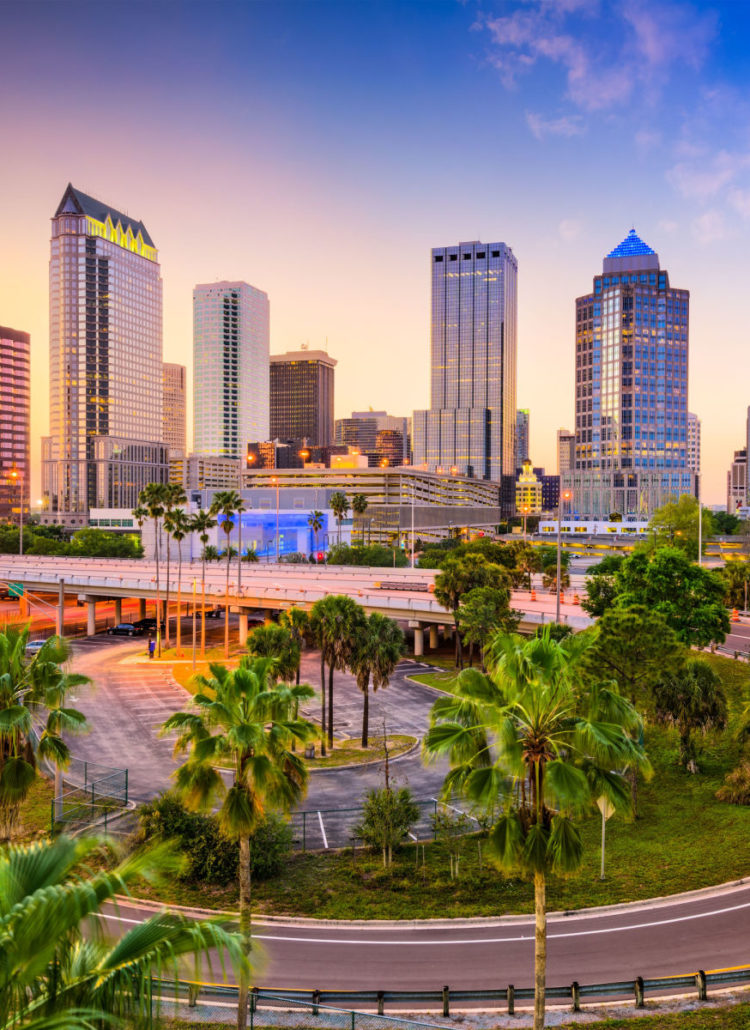
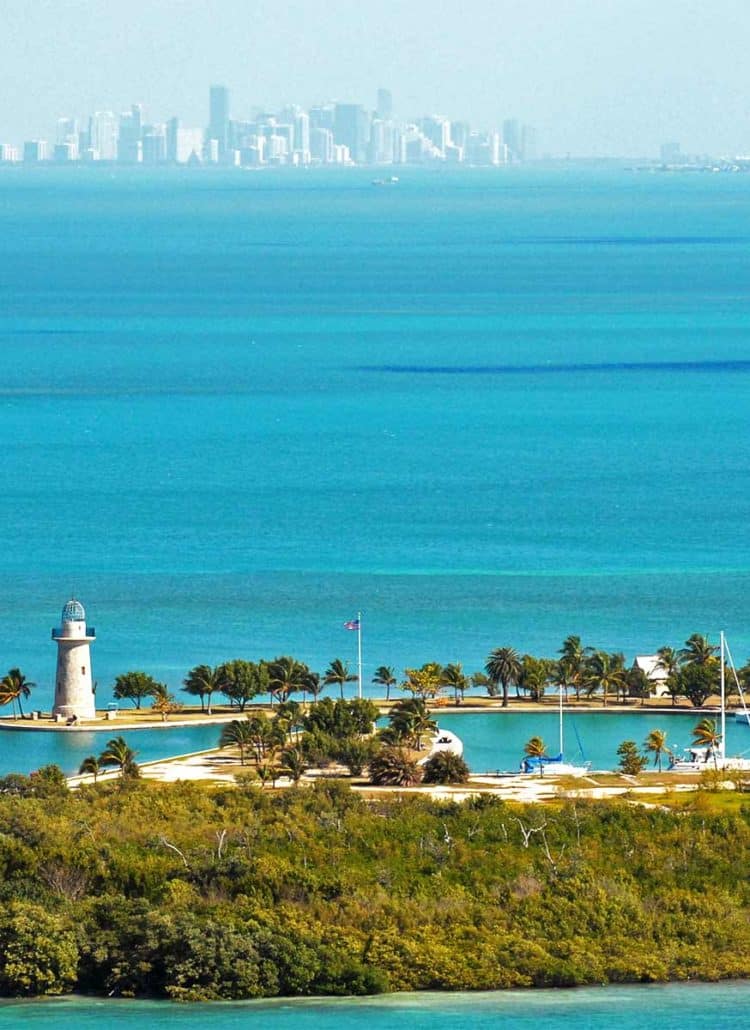
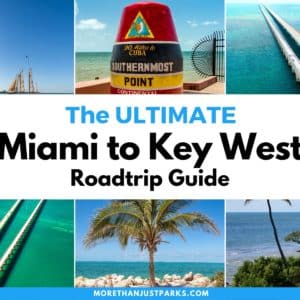

Leave a Reply